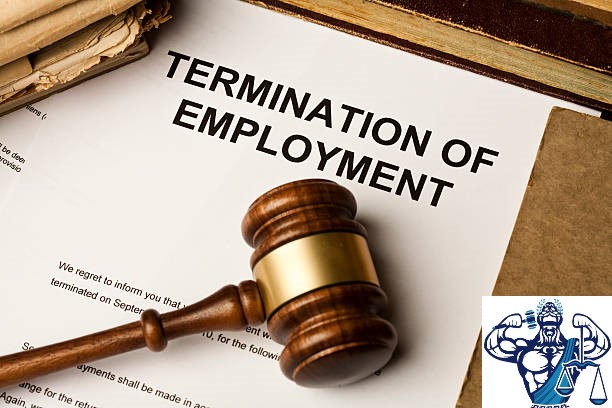Here at the Law Office of Vincent Miletti, Esq. and the home of the #UnusuallyMotivated movement, we take pride as a resilient and dependable legal services firm, providing such services in both a traditional and online, web-based environment. With mastered specialization in areas such as Employment and Labor Law, Intellectual Property (IP) (trademark, copyright, patent), Entertainment Law, and e-Commerce (Supply Chain, Distribution, Fulfillment, Standard Legal & Regulatory), we provide a range of legal services including, but not limited to traditional legal representation (litigation, mediation, arbitration, opinion letters, and advisory), non-litigated business legal representation and legal counsel, and unique, online legal services such as smart forms, mobile training, legal marketing, and development.
Still, here at Miletti Law®, we feel obligated to enlighten, educate, and create awareness about how these issues and many others affect our unusually motivated® readers and/or their businesses. Accordingly, to achieve this goal, we have committed ourselves to create authoritative, trustworthy, & distinctive content. Usually, this content is featured as videos posted on our YouTube Channel https://www.youtube.com/channel/UCtvUryqkkMAJLwrLu2BBt6w and blogs that are published on our website WWW.MILETTILAW.COM. With that, the ball is in your court and you have an effortless obligation to subscribe to the channel and sign up for the Newsletter on the website, which encompasses the best way to ensure that you stay in the loop and feel the positive impact of the knowledge bombs that we drop here!
As the authoritative force in Employment Law, it only seemed right to introduce one of the many upcoming series where we remain persistent in introducing a variety of topics, which will look to not only educate but also deliver in a sense that only Miletti Law® can. In this regard, this blog is Part XV of our series on “Cybersecurity Measures to Protect Employers.” In Part XIV, we hammered on “Assessing any Loss of Value to the Business,” which is one of the first and crucial things that any employer should do following a trade secret data breach in their business. In our discussion, we mentioned that assessing any loss of value to a business is paramount because, in addition to the risk of the business being shuttered altogether, some of the most significant repercussions of trade secret misappropriation include, but are not limited to, harm to business reputation and customer goodwill and loss of the value of the business. In light of this matter, this blog and Part XV of the series is a discussion of “Identifying Who Caused or Was Involved with the Breach,” as the second thing an employer should do when a trade secret data breach occurs in their business.
Identifying Who Caused or Was Involved With the Breach
It is obvious that identifying any actors behind a trade secret data breach should be a primary intent for every employer. As you would expect, a former employee or a current one may cause or be involved with a trade secret data breach. However, it is sometimes very difficult, if not impossible, to identify a perpetrator, especially when the cause of a data breach is a cyber-criminal or some other unauthorized entity rather than an employee. It, therefore, goes without saying that in order to go on the offensive and seek injunctive relief in a court, an employer should know the identity of the perpetrator(s) behind the trade secret data breach.
When the identity of the perpetrator(s) is unknown, employers have no option but to remain in a litigation limbo where they have to wait for lawsuits from individuals whose confidential information (e.g., personally identifying information (PII) was compromised during the trade secret data breach since they cannot sue themselves. This issue underscores why implementing reasonable cybersecurity measures and monitoring computer and network systems is crucial for all employers so as to increase the likelihood that anyone who, whether former employees, current employees, and/or third parties, causes or gets involved with trade secret data breach is identified.
In Part XVI, we shall move the discussion forward by hammering on “Identifying the Lost, Stolen, and/or Misappropriated Trade Secrets” in our blog titled “Employer Must Dos Following a Trade Secret Data Breach, III.”
Until then, stay tuned for more legal guidance, training, and education. In the interim, if there are any questions or comments, please let us know at the Contact Us page!
Always rising above the bar,
Isaac T.,
Legal Writer & Author.
 314-648-2586
314-648-2586 CALL US NOW
CALL US NOW







